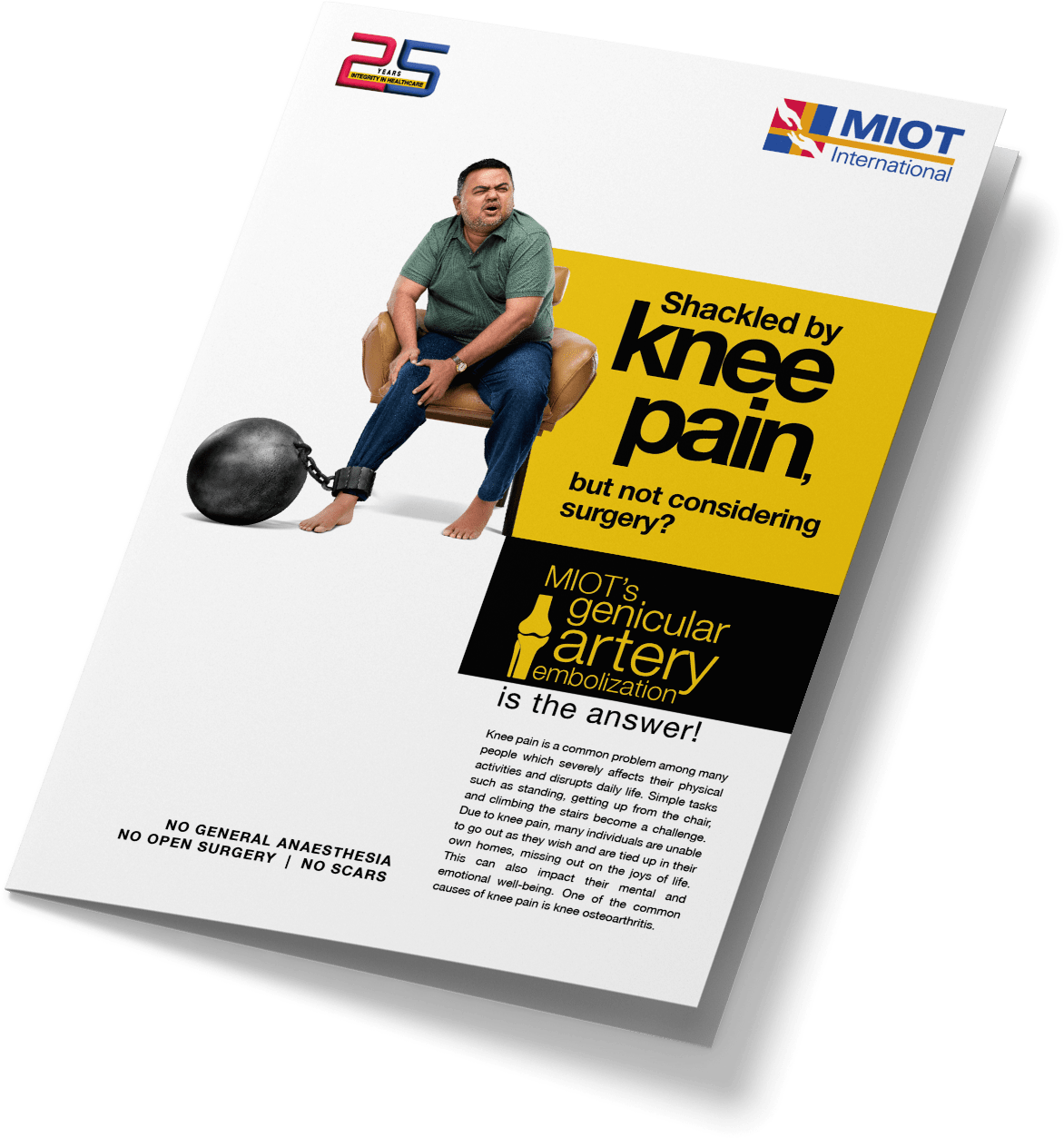
Get Relief from Osteoarthritic Knee Pain Without Surgery, Through Genicular Artery Embolization
What is knee osteoarthritis?
After 40 years of age, the gradual wear and tear of the knee joints results in the progressive loss of articular cartilage (tissue that provides cushioning between the bones in the knee joint), known as knee osteoarthritis. The friction due to rubbing of the knee bones causes pain, swelling and stiffness. This affects everyday activities like sitting, standing, walking, bending, and climbing stairs. Overall, it greatly impacts the person’s quality of life.
Healthy Knee
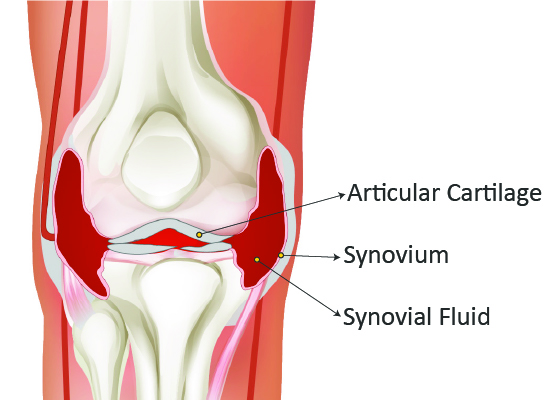
Osteoarthritic Knee

Ineffective Treatment Methods for Knee Osteoarthritis
Patients with an early or moderate stage of osteoarthritis tend to seek relief through conventional treatments like lubricants and medication; however, they realize that these treatments have undesirable side effects. They may consider taking knee injections, since some of them are steroids and cause side effects, they may avoid them. Injecting stem cells into the knee joints is completely ineffective. None of these treatment methods provide a viable solution for alleviating knee pain and in addition, it causes severe side effects.

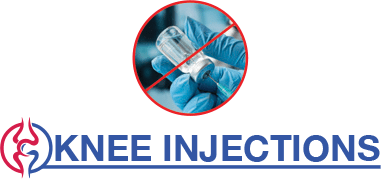


What is Genicular Artery Embolization?
How is Genicular Artery Embolization performed?
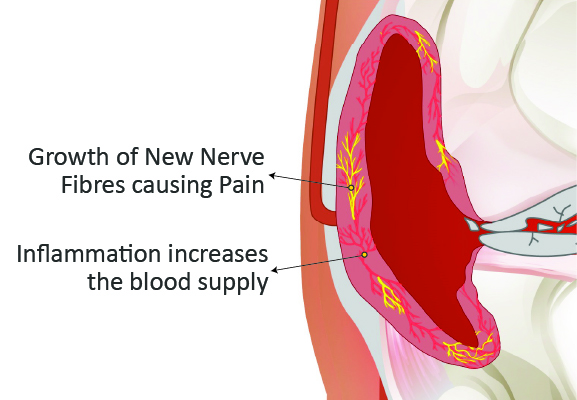
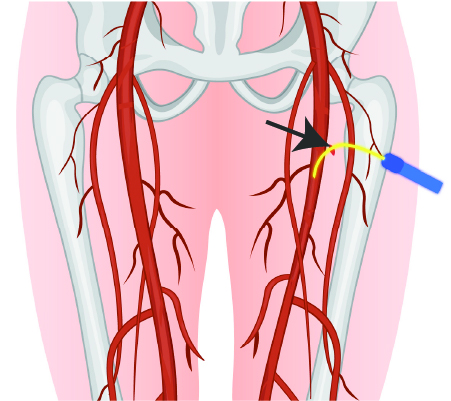
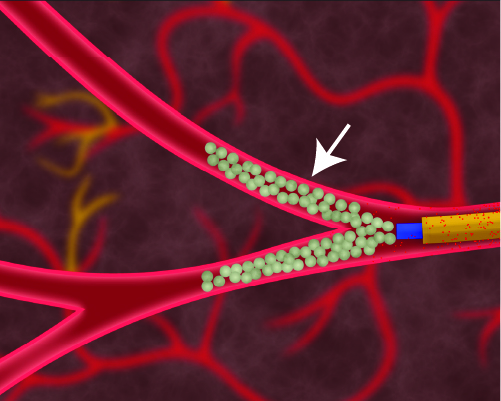
What Happens After Undergoing Genicular Artery Embolization?

Advantages of Genicular Artery Embolization
Minimally Invasive

Faster Recovery Time

No General Anaesthesia

Improved Quality of Life

Discover Genicular Artery Embolization
What is Genicular Artery Embolization, and how is it performed?
Who is Genicular Artery Embolization recommended for?
MIOT International in association with The Hindu hosted a webinar on ‘Genicular Artery Embolization’
